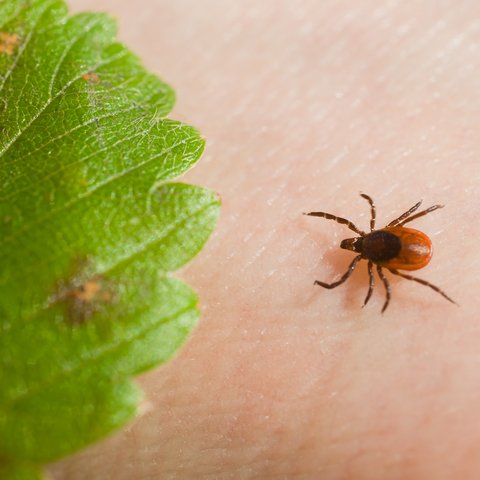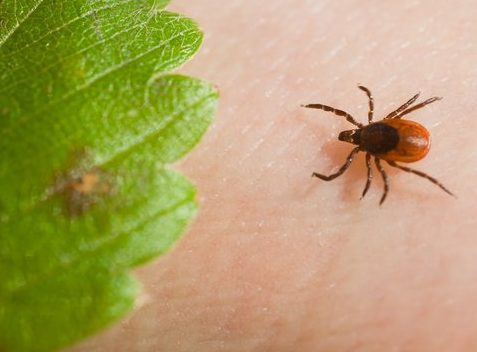
A rare and potentially deadly deer tick virus is on the rise in the Northeast and Great Lake states, according to the Centers for Disease Control and scientists studying the virus.
The Powassan or Pow virus was found in 2-3 percent of ticks tested in Connecticut, Dr. Theodore Andreadis, director of the Connecticut Agricultural Experiment Station in New Haven, told NBC News.
By comparison, Lyme disease occurs in about 30-40 percent of ticks. But whereas with Lyme disease if you can remove the tick within a few days you’ll be alright, the Pow virus can take hold in a matter of hours. Symptoms include fever, headache, vomiting, weakness, confusion, seizures, and memory loss, according to the CDC.
As a result of the virus, long-term neurologic problems may occur and it cannot be treated with antiobitcs. In the most severe cases the person might be hospitalized, and it’s said to be fatal about 10 percent of the time.
Within the past 10 years, however, there have been just 70 reported cases of the Pow virus, though some believe the number to be much higher. And now that more ticks with the virus have been discovered in Connecticut, researchers believe it could be on the rise.
“It’s (Powassan virus) not something pleasant,” Andreadis told FoxNews.com. “We’re not putting any major alarm out there, but we’re saying we need to be aware of this because we do appear to be seeing a re-emergence of it.”
A study published in 2013 in Parasites and Vectors found a similar rise in New York of the Pow virus, which it identified as a direct lineage of the deer tick. That same year, according to the CDC, 95 percent of the confirmed Lyme disease cases were reported from the Northeastern United Stated, and there were 12 confirmed Pow virus cases.
The reason researchers believe the virus might be resurfacing more this year has to do with the increased population of the white-tailed deer, the tick’s favorite host. The exact tick that carries both Lyme disease and the Pow virus is called the ixodes scapularis and it can one sneaky little thing to find it’s way up pant legs or shirts.
The best way to avoid ticks is to tuck in your shirt and pants, where long sleeves and use insect repellent. You want to also avoid laying directly on the ground or sitting on fallen logs. The increased presence of disease-carrying ticks makes it ever-more important that you know how to identify and properly remove the little buggers. For simple instructions watch this video below:









